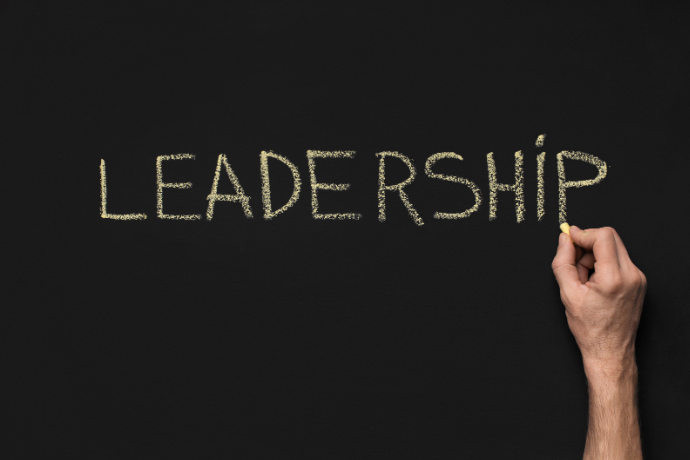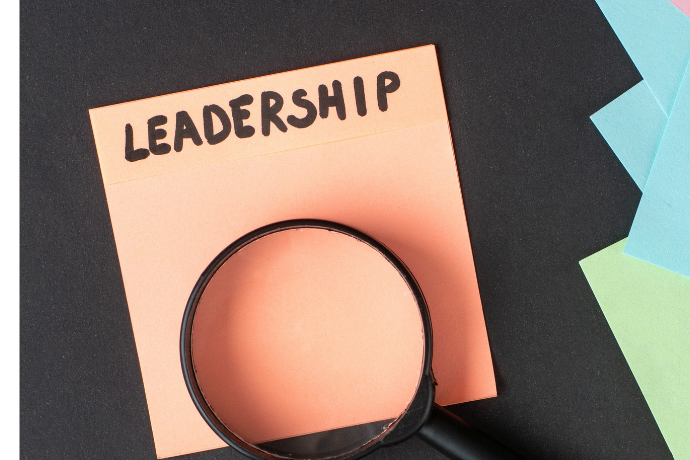 SPEAKERS
SPEAKERS
 TOPICS
TOPICS
Sustainable leadership balances profit, people, and planet. Learn why it matters in 2025 and how to lead with lasting impact.

The business landscape demands a different type of leader in 2025. Traditional profit-first models are crumbling under mounting environmental and social pressures. Now, more than ever, shareholders, customers, employees, and communities expect organisations to deliver profit while protecting people and the earth. Sustainable leadership addresses this challenge.
This revolutionary mindset transforms organisations into forces for good while delivering exceptional results.
Sustainable leadership blends environmental stewardship, social responsibility, and economic growth into a unified approach. It goes beyond ticking a CSR box or complying with environmental, social, and governance (ESG) regulations. It’s a model that gives purpose to every strategy.
Companies that successfully merge leadership and sustainability into their day-to-day operations create businesses that thrive for decades — centuries even. The premise is that business thrives when communities prosper and the planet remains healthy.
In 2025, we observe this shift across industries as stakeholders demand accountability and purpose-driven management. The holistic perspective is reshaping how leaders evaluate success and make critical decisions. Executives look past quarterly earnings to understand long-term impacts by balancing immediate pressures with long-term consequences.
According to expert leadership speakers, the inclusion of sustainability in management comes down to one reality: success goes beyond profits to include metrics like resilience, community wellbeing, and environmental health.

Systems thinking forms the foundation of effective sustainable leadership, no matter the industry. Leaders must understand interconnected relationships between their organisations, communities, and environments. This perspective enables better risk management and opportunity identification across complex stakeholder networks. Here’s how it works:
Evidence shows that mission-driven management outperforms those clinging to traditional profit-driven business models. Sustainability teaches leaders to anticipate regulatory changes, adapt faster, and spot emerging market opportunities ahead of competitors. By contrast, the rigid five-year strategy — found in most conventional leadership models — often impacts rapid top-down decision-making. This may introduce delays, risking higher costs, shrinking market share, and the dreaded reputational damage.
Keynote speaker, Azran Osman Rani, encourages leaders to scrap rigid multi-year plans and focus on a first step — taking action, listening for feedback, and iterating daily. As former CEO of AirAsia, Azran says success comes from launching fast and learning intensely, rather than obsessing over perfect plans.
His philosophy of taking courageous first steps, collecting feedback, and continuous improvement mirrors how sustainability leaders navigate uncertainty. This emphasis on adaptability and continuous improvement reflects the agile nature of sustainable leadership, where companies evolve quickly to stay ahead.
Stakeholder engagement replaces classic shareholder primacy in sustainable settings. Managers actively seek input from employees, customers, communities, and investors before making major decisions. This inclusive approach generates more robust solutions and builds stronger support for strategic initiatives.
Long-term value creation guides decision-making in sustainable organisations. This approach builds resilience against market volatility while creating enduring competitive advantages.
Renowned speaker Deborah Rosado Shaw champions leadership for sustainability by glorifying diversity as a performance engine. As PepsiCo's former Global Diversity SVP, she helped 260,000 associates across 200 countries turn differences into innovation. Her work proves that inclusive leadership that invests in capabilities, relationships, and systems generates higher benefits across extended timeframes.
We follow her example by making culture and inclusion part of the sustainability equation. For management and sustainability to work in practice, leaders must build cultures where diverse voices shape solutions, ensuring strategies reflect the real needs of communities and markets.

When a leader values sustainability, they develop comprehensive metrics that capture social and economic impact.
Dr. Reena Kotecha, an expert in workplace wellbeing, highlights the data: strong social connections drive better performance. Her research shows that high-quality relationships in the workplace “boost engagement, spark creativity, drive innovation, and enhance productivity”. In other words, nurturing team health and connection is no longer optional — it’s essential for a sustainable organisation.
Dr. Kotecha’s background in neuroscience and mindfulness provides practical tools for leaders seeking to create more resilient organisations. A sustainable leader builds a culture of care, ensuring people feel valued and resilient even under pressure. Track employee satisfaction, community investment, carbon footprint, and financial performance simultaneously. Foster innovation cultures that encourage experimentation and learning from failure. Sustainable solutions often require new approaches and technologies. Create safe spaces for testing ideas while scaling successful innovations rapidly.

While each organisation is unique, the trifecta for leadership sustainability remains:
These principles help leaders balance immediate pressures with future success.
For leaders ready to act, start with clarity of purpose. Define how your organisation benefits society and the environment, not just shareholders.
Integrate new performance metrics that measure social, environmental, and financial outcomes together. Foster innovation by encouraging experimentation and learning from setbacks, and consider partnerships with other organisations, governments, and NGOs to tackle complex challenges at scale. Above all, make sure these initiatives aren’t side projects — they should be embedded in daily operations.
Chris Harvey, "The Change Guy," understands that sustainable leadership requires exceptional change management skills. His expertise in guiding adoption and engagement targets across major corporations provides valuable insights for sustainability transitions. He urges organisations to strip back complexity. He notes that roughly "80% of the value added comes from 20% of the effort", so teams should focus on the vital few actions.
His approach — to "demystify change" -- turns complex transformation into practical steps. We find this essential: sustainable leadership often means making change manageable and human-centred so that new, responsible practices stick. Harvey's track record of exceeding adoption and engagement targets across major corporations provides valuable insights for sustainability transitions.
If there’s anything we can take home from these leadership speakers, it's that sustainable leadership steers organisations toward long-term value for shareholders, staff, and society. It links strategy to impact by empowering leaders to balance growth with wellbeing and planetary limits.
In short, sustainable leadership is now a driver of growth, not a cost centre. In 2025, it's that balance that puts you ahead of the curve, proving that doing good and doing well can go hand in hand.